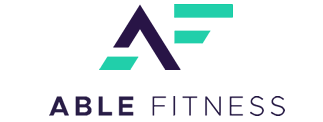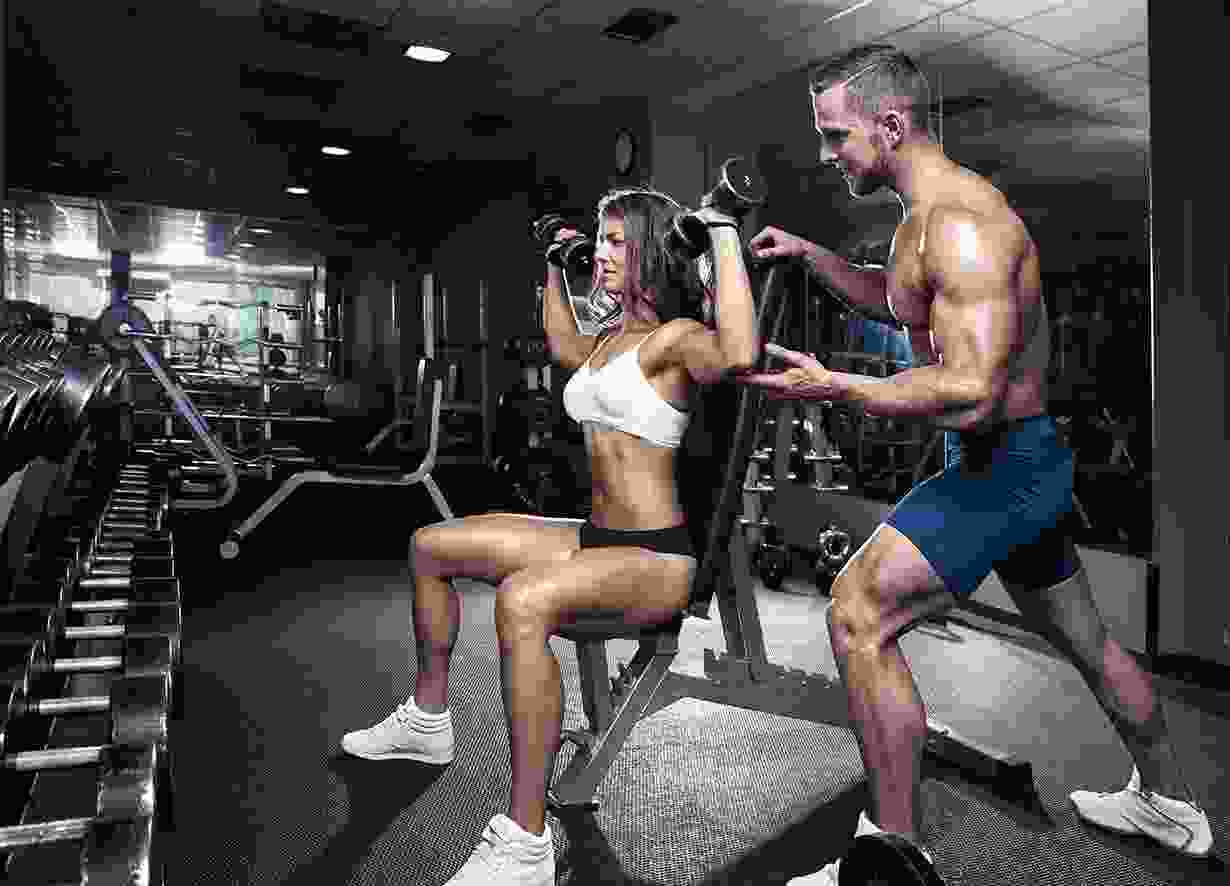If you’re embarking upon a lifestyle change and want to transition to healthy eating, your main concerns are likely to be satiety, adequate energy levels, nourishment, variety of foods, and making sure that the diet is practical (in terms of time and effort). You’ll also likely want to lose weight and tone up.
First of all, let’s think about meal timing and frequency. It’s commonly accepted that eating 5 times a day creates a good nutritional structure. These 5 times are to consist of 3 main meals and 2 snacks. Each meal/snack is portion-controlled. By eating frequently, you can prevent against the build-up ofintense hunger that can cause over-eating and feel satisfied throughout the day. Some people don’t like the 5 times method and prefer 3 larger main meals a day with no snacks. Other people like the idea of a ‘top-up’ between meals to prevent against hunger. Whether you’re a snacker or not, the bottom line is meal timing has to suit your preferences and lifestyle. Once you’ve decided when you’re going to eat, the next step is to decide what you’re going to eat.
Tips for meal designing
The best tip I can give you is to have some protein source with every main meal. There are a few reasons for this. Protein is a satiating food, so when you eat a high protein meal you’ll be fuller for longer. It has the highest thermic effect of all the macronutrients, which means that your body uses more energy to digest it than it would use for carbs or fat. It’s also essential for building and maintaining muscle mass. This is why a high protein and vegetable diet is the fastest and most effective way of getting lean or shredded. Indeed, many bodybuilders will follow such a diet in the runup to a competition.
In terms of how much protein you should be consuming, the standard rule is 1 gram of protein per 1 pound of bodyweight. For someone who is of average bodyweight or leaner and wanting to get ripped, I recommend 1.2-1.4 grams of protein, possibly even 1.5. Healthy protein sources include very lean red meat, lean white meat, lean poultry, fish, seafood, eggs, vegetarian meat alternatives, tofu, beans, strained yogurt, cottage cheese, and milk. Protein powders can be useful for people who do not have time to eator who are following a very high protein diet.
For vegetables, I’m referring specifically to fibrous veggies. That’s almost all the greens (broccoli, asparagus, green beans, spinach, brussels sprouts, salad greens, cucumbers, and so on) and any other non-starchy vegetables (cauliflower, broccoli, bell peppers, courgette, mushrooms, onions, and so on).
But what about carbs and fats?
While a high protein and vegetable diet is the fastest way of shedding fat and gaining muscle (when paired with strength training), it’s still a pretty extreme diet. Depriving yourself of starchy carbs over a long period of time is guaranteed to negatively impact your life and weaken your willpower. Luckily, it’s not what I’m suggesting. As already mentioned, bodybuilders will follow the high protein and vegetable diet in the runup to a competition, but outside of this even they’ll eat a more ‘relaxed’ version that includes healthy carbs.
A good diet can include carbs from single-ingredient, unprocessed sources like oats, sweet potato, white potato, brown rice, and fruits. It should also include fats from quality sources, such as avocado, olive oil, nuts, egg yolks, oily fish etc. While fats are high in calories and thus must be strictly monitored, they’re essential to satiety and various bodily functions including reproductive health. As a rough guide to meal planning for weight loss, aim for an aggressive daily calorie deficit (30% below maintenance or so). At every main meal, fill your plate with protein and vegetables. Once or twice a day, include carbs too – but only as much as fits with the calorie deficit. Small or moderate
amounts of healthy fats would also be included.
When you’re eating, it’s a good idea to start with your protein, vegetables and fats and then move ontoyour carbs. This way you’ll only eat as much as your appetite actually requires. It will also help you to keep in the mindset of “eat more protein and vegetables.” I’m a believer in eating carbs (a life without potatoes is no life at all), but if you fill up on them before you’ve started on your other macronutrients then you’ll be making a mistake from a maximum weight loss perspective.
Final message
Remember, adopting a healthy lifestyle is about implementing long-term changes and forming new habits. It’ll improve your quality of life and make you feel better. It’s not something to be rushed. If your diet isn’t sustainable, you won’t maintain any weight loss and the only thing you’re guaranteed to lose is your mind

